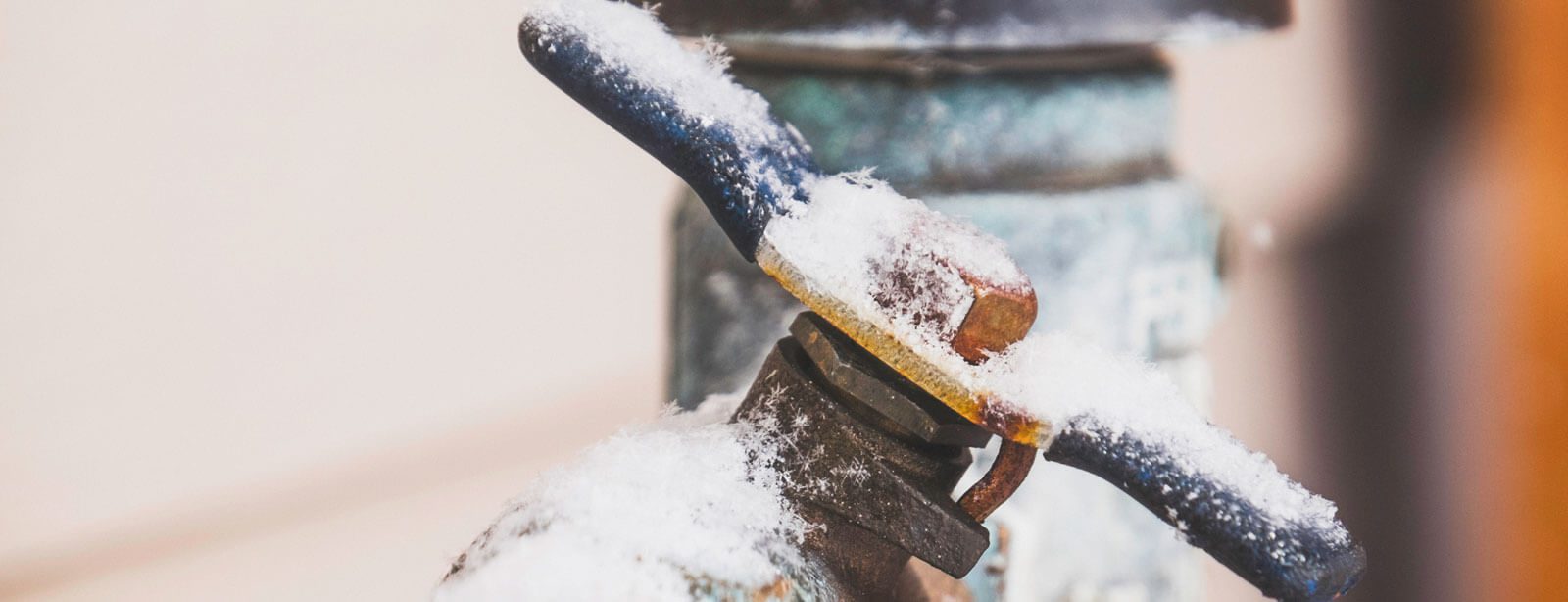They are making several great annotation about How To Avoid Freezing Pipes overall in this article which follows.

Winter can damage your plumbing, particularly by freezing pipes. Here's just how to stop it from happening and what to do if it does.
Introduction
As temperatures drop, the risk of frozen pipelines rises, potentially causing expensive fixings and water damage. Recognizing how to stop icy pipes is critical for property owners in chilly environments.
Understanding Frozen Pipes
What triggers pipelines to ice up?
Pipes ice up when exposed to temperatures below 32 ° F (0 ° C) for prolonged durations. As water inside the pipelines freezes, it broadens, putting pressure on the pipeline wall surfaces and possibly triggering them to break.
Threats and problems
Icy pipelines can result in water interruptions, home damage, and expensive fixings. Burst pipelines can flood homes and create extensive architectural damage.
Indications of Frozen Pipes
Identifying icy pipelines early can prevent them from bursting.
Exactly how to recognize icy pipelines
Seek decreased water flow from taps, unusual smells or noises from pipelines, and noticeable frost on subjected pipes.
Prevention Tips
Insulating prone pipes
Wrap pipelines in insulation sleeves or use warm tape to shield them from freezing temperatures. Focus on pipelines in unheated or external locations of the home.
Heating techniques
Keep indoor rooms effectively warmed, especially areas with plumbing. Open cabinet doors to enable warm air to distribute around pipes under sinks.
Shielding Outside Plumbing
Garden hose pipes and outside faucets
Separate and drain garden hoses before winter months. Mount frost-proof faucets or cover outside faucets with insulated caps.
What to Do If Your Pipes Freeze
Immediate activities to take
If you suspect icy pipelines, maintain faucets open up to alleviate stress as the ice thaws. Use a hairdryer or towels soaked in warm water to thaw pipes slowly.
Long-Term Solutions
Structural modifications
Take into consideration rerouting pipelines away from exterior walls or unheated areas. Include extra insulation to attics, cellars, and crawl spaces.
Updating insulation
Invest in premium insulation for pipes, attic rooms, and wall surfaces. Appropriate insulation aids keep regular temperatures and reduces the risk of icy pipelines.
Verdict
Avoiding frozen pipelines calls for positive procedures and quick responses. By understanding the causes, indicators, and preventive measures, property owners can safeguard their plumbing throughout cold weather.
5 Ways to Prevent Frozen Pipes
Drain Outdoor Faucets and Disconnect Hoses
First, close the shut-off valve that controls the flow of water in the pipe to your outdoor faucet. Then, head outside to disconnect and drain your hose and open the outdoor faucet to allow the water to completely drain out of the line. Turn off the faucet when done. Finally, head back to the shut-off valve and drain the remaining water inside the pipe into a bucket or container. Additionally, if you have a home irrigation system, you should consider hiring an expert to clear the system of water each year.
Insulate Pipes
One of the best and most cost-effective methods for preventing frozen water pipes is to wrap your pipes with insulation. This is especially important for areas in your home that aren’t exposed to heat, such as an attic. We suggest using foam sleeves, which can typically be found at your local hardware store.
Keep Heat Running at 65
Your pipes are located inside your walls, and the temperature there is much colder than the rest of the house. To prevent your pipes from freezing, The Insurance Information Institute suggests that you keep your home heated to at least 65 degrees, even when traveling. You may want to invest in smart devices that can keep an eye on the temperature in your home while you’re away.
Leave Water Dripping
Moving water — even a small trickle — can prevent ice from forming inside your pipes. When freezing temps are imminent, start a drip of water from all faucets that serve exposed pipes. Leaving a few faucets running will also help relieve pressure inside the pipes and help prevent a rupture if the water inside freezes.
Open Cupboard Doors
Warm your kitchen and bathroom pipes by opening cupboards and vanities. You should also leave your interior doors ajar to help warm air circulate evenly throughout your home.

Do you appreciate reading up on Prevent Frozen Pipes ? Leave a review down below. We would be delighted to hear your opinion about this post. We hope that you come back again in the near future. For those who enjoyed our post if you please remember to share it. I appreciate your readership.
Request Appointment